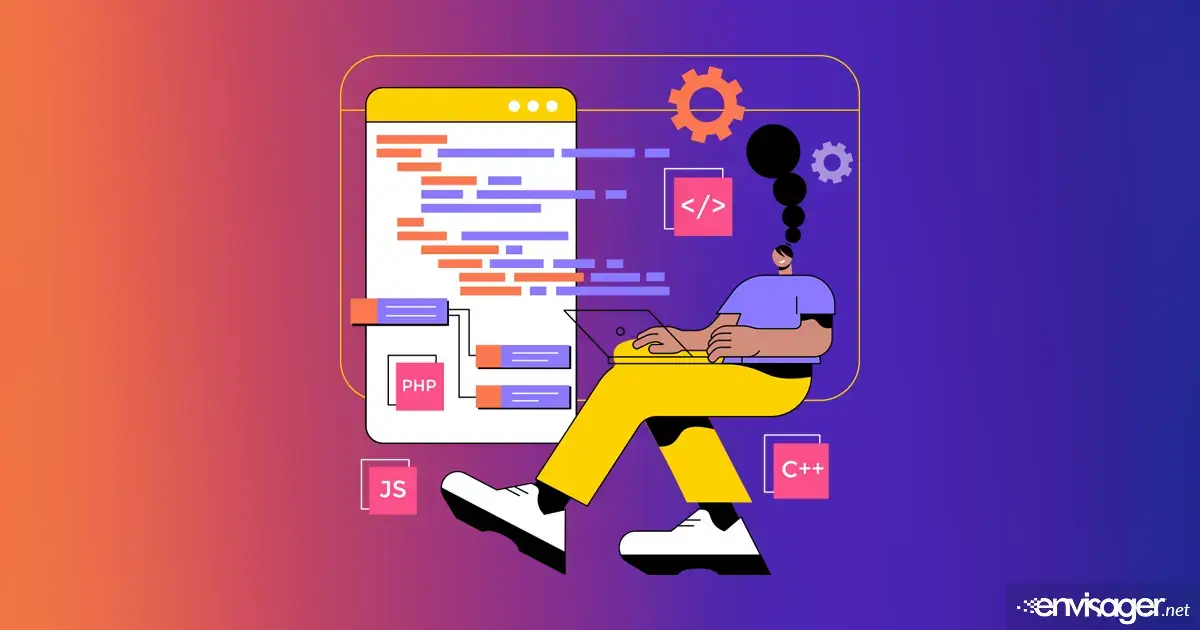How to Build a Scalable Website

In today’s digital world, websites must handle increased traffic, perform seamlessly under heavy loads, and adapt to changing user needs. Building a scalable website involves designing a system that can grow with demand without sacrificing performance. A scalable website is prepared for your business’ future growth which saves you money in the long-run. In short, scalability is all about adapting systems and resources to meet demand. As your business expands and reach new goals, your website should be in tune and able to easily handle the new growth.
Benefits of building a scalable website
The idea is to build a scalable website during the initial web development process. If you wait until your traffic doubles, not only will user experience suffer, but so will your website. For example, your website will be slow loading which provides a poor user experience. As a result, you’re likely miss out on conversion opportunities.
Conversely, when scalability is focused on from the beginning, you’ll notice many benefits such as:
- Improved user experience. A scalable website ensures a consistent and fast load time and a smooth user experience at all times, even during high-traffic periods.
- Business expansion. As your business grows, the website can easily accommodate a larger geographical audience, products, user demand, and services. And it will not negatively impact the website’s performance.
- Growth opportunities. You can easily edit, and maintain scalable systems. As such, you’ll have opportunities to improve or update certain features without affecting user experience or uptime.
- Cost effective. Since there is a reduced need for major redesigns or facelifts, you are able to save money and time maintaining a scalable website.
01. Understanding scalability needs
Before starting a web development project, you first need to define what scalability means for your project. Consider factors like:
- Expected traffic volume: Estimate both average and peak traffic loads.
- Data growth: Anticipate storage requirements for content and user-generated data.
- Global reach: If you’re targeting users from various regions, design for latency reduction.
02. Types of scalability
Basically, there are two types of scalability: horizontal (scaling out) and vertical (scaling up).
- Horizontal (scaling out): Refers to the total number of servers. The more servers there are, the more resources available to adequately distribute the data loads. That way, one server doesn’t end up trying to do all of the work.
- Vertical (scaling up): The capacity of a singular server. When you scaling up, you’re improving RAM or CPU by adding more power to an existing server. In this case, one server is maintained with increased capacity to handle tasks and data loads more efficiently.
If you’re wondering whether building a scalable website to scale up or out matters, there’s no one-size fits all answer. In short, determining the type of scalability depends on your resources and business needs.
03. Choose the right web applications and architecture
Using web applications are necessary for most sites to be highly functional. These applications assist in power things like video streaming, forms, shopping carts, games and more. Web applications are needed for user engagement and functionality. However, if web apps aren’t developed properly, they can cause lags on your website. And this is where the use of scalable web applications comes in.
Common web applications include:
- Google Workspace
- Social media applications
- Streaming services
- Design apps
You should focus on the following to support application scalability:
- Application architecture. A scalable website depends on a solid architecture such as monolithic, microservices, serverless. While monolithic architectures are easier to start with, microservices are more scalable and resilient. Microservices divide the application into smaller services that can be deployed, scaled, and maintained independently. Using serverless architecture offloads server management to cloud providers, who handle scaling automatically.
- Hardware and cloud services. No two cloud services are exactly alike and they will vary in their stability features. And hardware capacity like data handling, storage, and processing capacity can have a major impact on scalability.
- Code efficiency. The code of a web app can significantly impact its data handling capabilities. For this reason, efficient code improves the overall performance of a website as well as reduce server load.
- Application programming interface (API). A scalable API is a must in order to have a scalable web app. A scalable API has factors such as database usage, loose coupling, statelessness and more.
04. Select scalable hosting solutions
Load balancing your servers, your hosting plan, are just a few of the many other factors that influence your site’s scalability and performance. So, choosing a scalable hosting plan is essential. Popular options include:
Managed hosting
With a managed hosting plan, your server is managed by your hosting company. This includes backups, updates, security, etc. For example, your website could have an influx of traffic. In this case, your web host will help you manage it so that your website doesn’t crash or impact user experience. Managed hosting offers many services and benefits that shared hosting does not provide. However, it is generally more expensive that shared hosting.
Shared hosting
Shared hosting means your website is on a server with a multitude of other websites, hence the name, shared. Albeit this is a more cost-effective option, what happens on someone else’s website can also impact your website’s performance. For instance, heavy processing or spikes in traffic on someone else’s site. Even if you pay for package upgrades to get scalable options, your website will still be on a shared server. Additionally, you are responsible for managing and updating plugins, security and more.
Caching
Caching refers to a software or hardware component that provides a data storage layer. When someone visits your website, that webpage is temporarily stored in the browser so that the data can be served faster the next time. This process reduces server load and the number of requests sent to a server. It also improves the website’s speed and can reduce downtime, providing an optimal user experience.
Load balancing
Load balancing is a service that’s offered by some hosting providers like AWS, Google Cloud, and Microsoft Azure. The job of a load balancer is to distribute incoming traffic evenly across servers, ensuring no single server becomes a bottleneck. This improves the chance that your server does not overload, crash, and improves performance.
Wrapping it up
Building a scalable website is a blend of smart design choices, proactive performance optimization, and robust infrastructure planning. Whether you’re starting a small project or preparing for global expansion, following these principles ensures your website can handle growth without compromising on performance. With the right architecture, hosting, database strategy, and front-end optimizations, you’ll be well-equipped to build a scalable website that thrives under high demand.

Hazel Burgess
FOUNDER/SEO DIRECTOR
Hazel is the Founder & SEO Director at Envisager Studio, a premier website design agency specializing in WordPress website design, development and internet marketing. In her spare time, she writes about search engine optimization, website design, and internet marketing.




